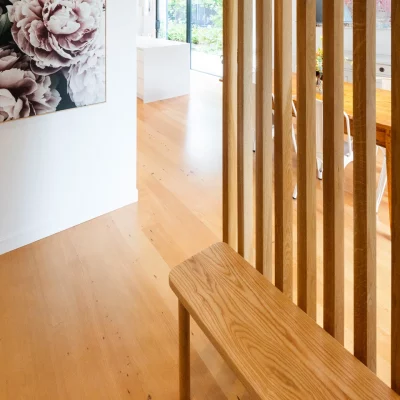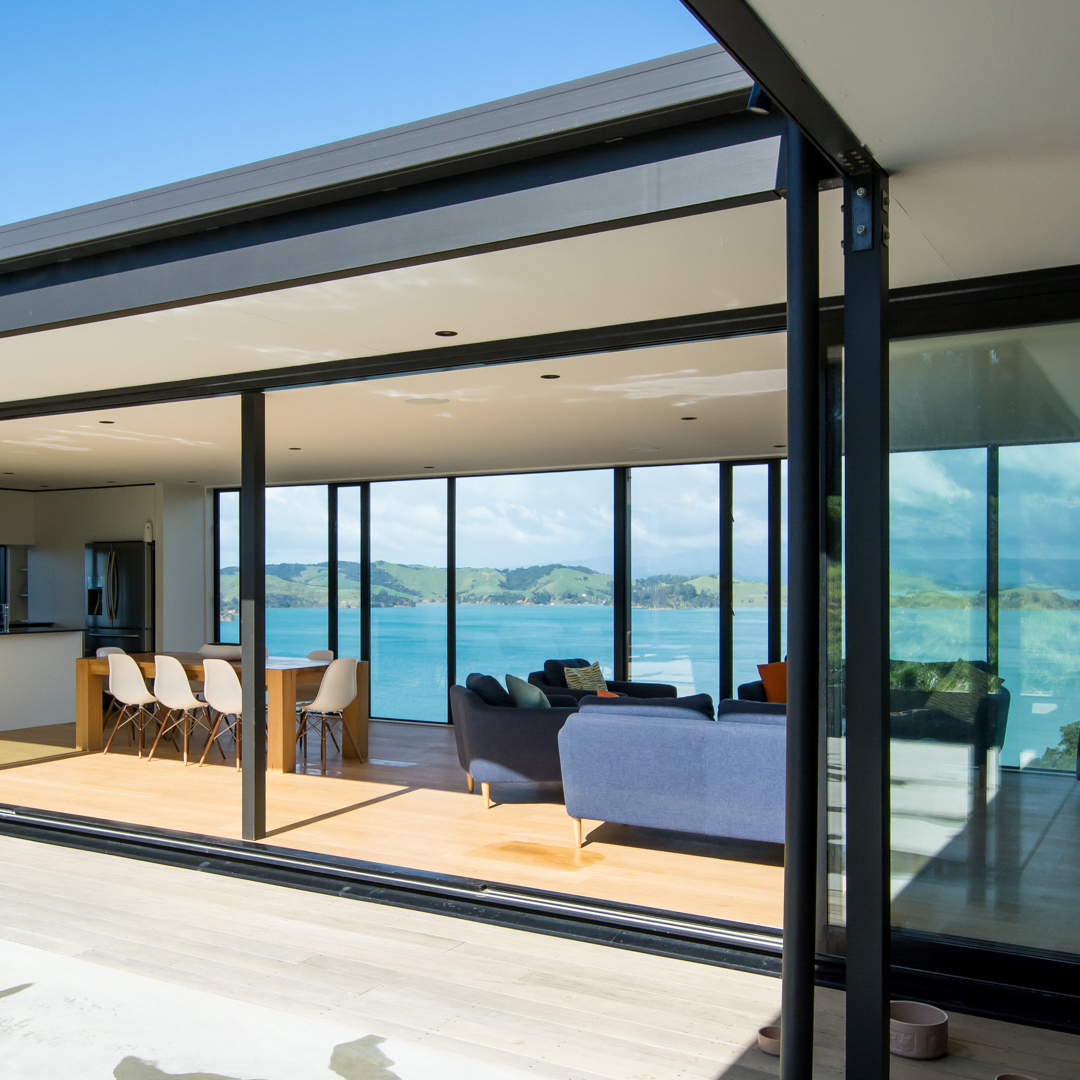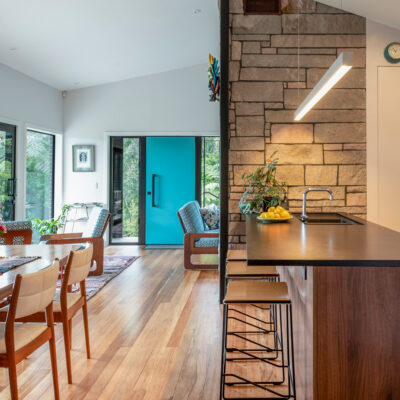Windows that harvest heat, a better cohousing future (if only the government would get on board) and a must-see fashion exhibition with a twist of modernism
What got us interested:
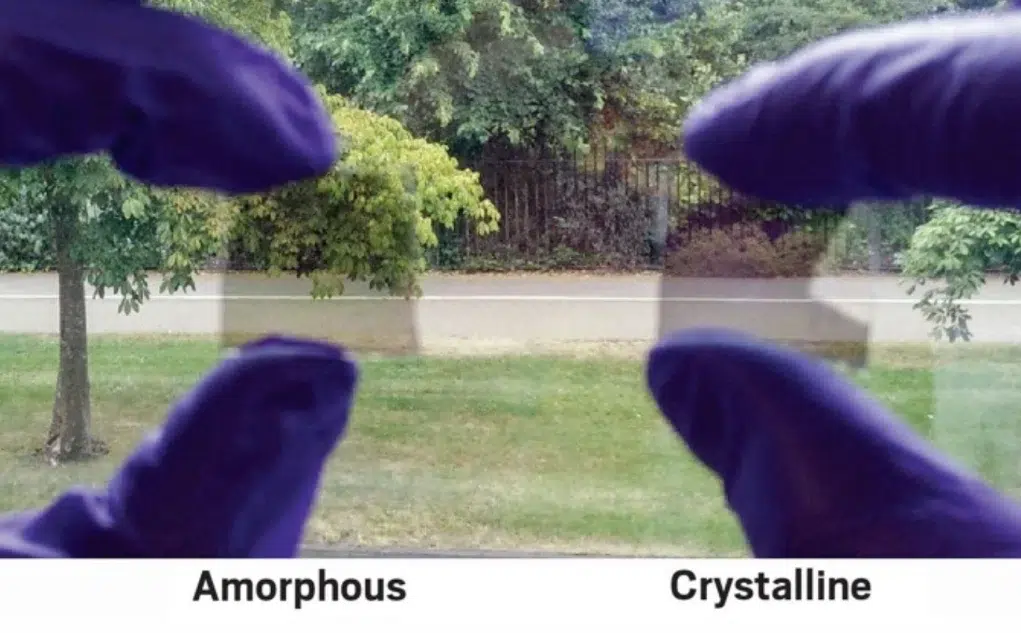
The world’s energy needs are ever increasing and human activity, in the developed world at least, is causing a climate crisis. So, any product that decreases our need to consume electrical energy naturally catches our attention. Whether it’s in the hot fuzz of summer, or the dour depths of winter, our windows are clear culprits for heat loss and gain. Smart windows are the way of the future and already double-glazed, argon-filled ones, which offer better insulation, are pretty much the norm. There are even windows now that change from opaque to transparent in reaction to the light. But one scientist in Pittsburgh seems to have come up with a way to make them even smarter. By harnessing the power of infrared, engineer Nathan Youngblood has made windows that can better regulate the temperature of indoor spaces. We feel infrared as heat and a special optical coating on the inside of the glass can either reflect or absorb these light-waves, depending on the season. Effectively, the super-smart window harvests (or deflects) the heat from the infrared, with a potential energy savings of 20-34 per cent. Albeit the technology is some way from market yet, it’s good to know there are researchers out there dedicated to helping our industry become more carbon friendly.
What got us thinking:

Co-housing, a form of community living that has long been popular in Europe, is touted as an alternative avenue for those on average incomes looking to buy affordably. But, it seems, it’s not easy (nor cheap) to get these projects off the ground. Two news articles published recently dug a little deeper into the figures for Cohaus in Grey Lynn and the Toiora cohousing development in Dunedin. Finding an appropriate piece of land is the first hurdle. Time was when only alternative lifestylers were keen to commit to the idea, but modern-day would-be residents are often working professionals, who eschew the private car in favour of public transport or biking, so need to be close to the amenities of the city. Once this is achieved however, the frustrations of council requirements and regulations kick in. In the Auckland example, an anomaly in the resource consent process meant a great deal of jumping through hoops (and no doubt a lot of angst for owners who had already signed up) to be allowed a three-storey building on the busy street front even though, just across the road, there were already two five-storey residential blocks. In the Dunedin example, planning and resource consent took five years, and it was a struggle to secure a bank loan for the development. In both cases, Kiwibank ended up as the financier.
What got us excited:
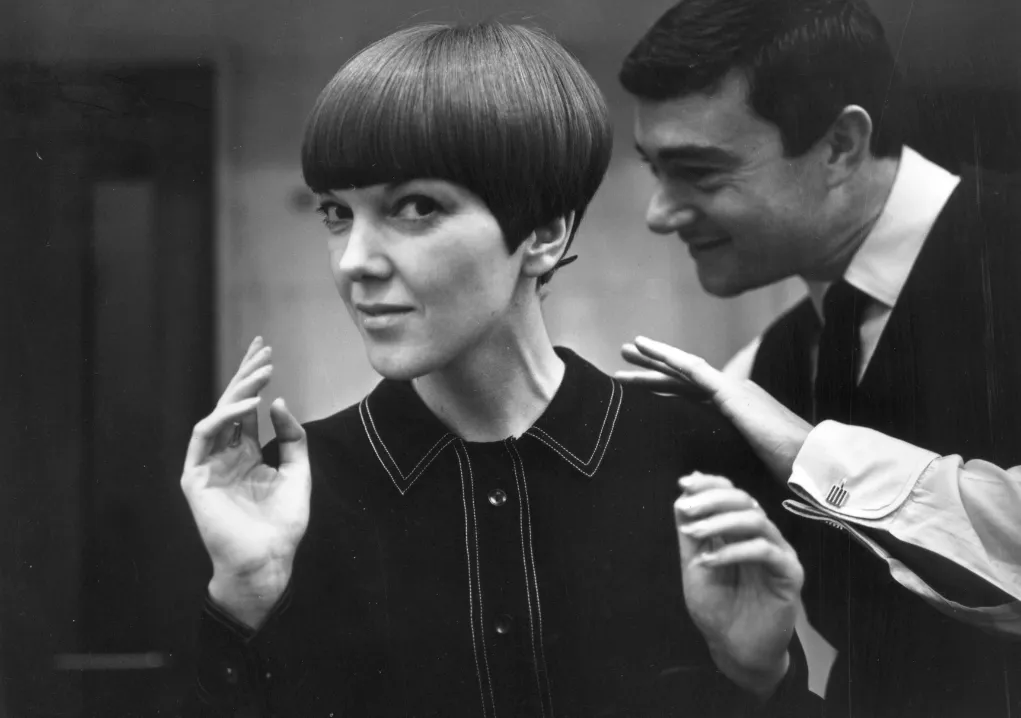
Mary Quant is often associated with the mini skirt. And while Ms Quant (who incidentally is still alive) didn’t exactly invent this short and sassy garment, she certainly made it her own. If you haven’t been already, hot foot it in your hotpants to the Mary Quant: Fashion Revolutionary exhibition on until mid-March at the Auckland Art Gallery. If you love mid-century architecture, you’ll fall head over heels with the modernist cut of her gib. This celebration of sixties fashion is joyful and nostalgic all at the same time. Quant tapped into a free-wheeling spirit of the times by putting her playful teenage models, who were encouraged to dance along the catwalks, in patterned tights, bright patent-leather footwear and raincoats, wet-look catsuits and, yes, mini dresses in satin, stripes and checks. But she didn’t restrict herself to fashion – she moved on to make up and accessories, commoditising her style for the mass market. Her daisy emblem was innocence inspired, her fashion sense pushed the boundaries and her business nous in a tough industry made her a global name. Tatler magazine calls the V&A exhibition which has now made it to our shores “a riot of rebellion”. Don’t miss your chance to take up arms.


